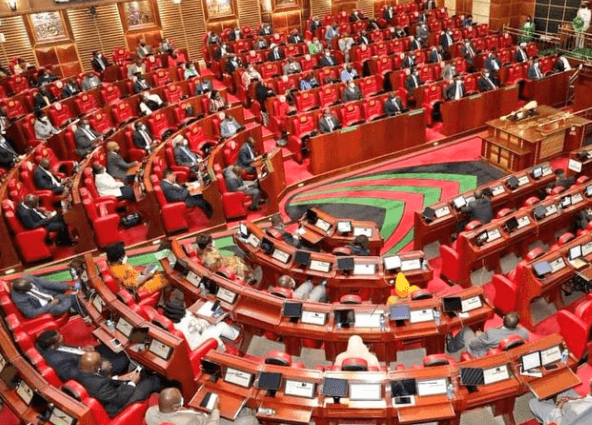It goes without saying that alcohol and drug abuse in Kenya is a growing challenge, so much so that it has caught the attention of the President and Deputy President, both of whom have constantly pointed out the need to address it wholesomely.
Key in this approach is what role the community plays in ensuring that the challenge is also dealt with at that level. Communities need to plan and implement research-based prevention programmes to address substance abuse.
Actions to be taken by communities include identifying, assessing needs and community readiness and motivating members to take action.
Prevention in the community and at the workplace is a vital component in substance use disorder treatment and management. Rallying the community and creating awareness that addiction to substances is a disease, that it is treatable and that treatment is available are all vital. A cost-effective prevention and treatment approach plays a major role in creating drug-free communities.
The country has the Community Anti-Drug Coalitions of Kenya, which is an example of how communities can provide solutions to the challenges posed by alcohol and drug abuse.
It is an umbrella organisation of multi-disciplinary registered civil society organisations seeking to make an impact in the area of alcohol and drug abuse by using community level interventions; where communities themselves act as agents of change.
Significant risk factors for alcohol and drug use at community level include poverty, community and cultural norms, positive attitudes towards alcohol and drug use, and easy access to cheap alcohol and other substances.
Family level risk factors include ineffective parenting skills, a family history of alcohol and drug use or mental health disorders, and high levels of family conflict or violence. At the individual level, major risk factors include mental health disorders, low involvement in school, joblessness, a history of abuse and neglect, and a history of substance use during adolescence, among others.
A publication of the United Nations Office on Drugs and Crime, 'The Prevention of Drug Use and Treatment of Drug Use Disorders in Rural Settings', details that even in rural settings there are cost-effective, evidence-based tools to intervene in this cycle of substance use.
Prevention programmes targeting children, youth and adolescents, and adults can delay or prevent the initiation of substance use and reduce the likelihood of problematic use.
Treatment can help those suffering from substance use disorders to control and reduce the negative effects of their early or chronic use. Recovery services can support these individuals on their path to improved daily functioning, improved quality of life and a substance-free life.
Community level protective factors against alcohol and drug abuse include higher cost of alcohol and tobacco products (often achieved by increasing taxes on these products); regulating the outlet density of shops selling alcohol; preventing the sale of illicit drugs and enforcing existing laws on alcohol; and drug-free entertainment environments.
Conversely, societal factors such as social media, advertising and marketing have been shown to influence individual beliefs about drug use, especially alcohol among adolescents.
These social factors also create and expand environments where the use of drugs like alcohol is socially acceptable and encouraged. The presence of abandoned buildings and corridors, public entertainment places, open mines and open dumpsites in a community serve as drug initiation venues.
Towards the end of last year, the National Authority for the Campaign Against Alcohol and Drug Abuse launched 'The Framework for Community Engagement in Management of Alcohol and Drug Abuse'. This is a national guideline on the continuous engagement of multiple sectors of society to ensure the uptake and support of alcohol and drug abuse prevention and management programmes.
The document envisages structured efforts towards the provision of home-based care, participation in prevention and advocacy, community outreach and policing; and re-integration of persons with substance use disorders back into society.
Community Workgroups connect multiple sectors of society such as businesses, parents, media, law enforcement agencies, learning institutions, faith-based organisations, healthcare service providers, social service agencies and government to develop policies and strategies for prevention, treatment, and aftercare at the community level.
In December 2018, Valentine and Nancy Budambula from the Technical University of Mombasa and the University of Embu published a paper on this subject. The two scholars indicated that community participation is a foundational principle of primary healthcare with widely reputed benefits.
As best practice, the community has to be involved in every stage of planning and implementation. These processes can lead to high community uptake, ownership acceptability, accessibility and sustainability of the intervention. Involvement of the community in the prevention and management of drug use, abuse and addiction has been shown to be effective.
It is therefore critical to note that preventing the growth of alcohol and drug abuse in communities calls for a multi-pronged approach and must address the various stages of the life cycle of the population and various segments of the community.
Manager Corporate Communications, Nacada. [email protected]
















